In Northern California, our growing season continues throughout the end of October, often lingering into November. In the California Central Valley some days, it is too hot to set out new plants this month, but on the coast, with the early morning fog, the weather is more temperate, you can plant most of the year. It is essential to keep the watering throughout this month with consistency. If the temperature is over 95 degrees, then early morning water is vital. Mulching the plants is also essential. No matter where you live in Northern California, this is the “High” Fire season. If you live out of the city, make sure that you have cleared all dry brush and volunteer grasses at least 30 feet away from any outbuildings or your home. Tiling the ground is preferable. Remove the brush out of the woodland areas. It would be best if you pruned back the trees off the ground.
Remember the rule for gardens: Pick often – the more you pick, the more you get. Fall blooming bulbs: dig up the ground where you want the bulbs (water the area the day before to soften the dirt). If the ground is hard, add sand, sawdust, or peat moss with the soil to allow the bulbs to grow and give the bulbs adequate drainage.
- Don’t forget to add a soil amender (with a combination of phosphorus, potash) at the bottom of the hole.
- Remove faded flowers (zinnias, marigolds, and others). Dry the seeds for next year.
- Trim sun dead leaves, branches of plants in the garden. A clean, neat garden reduces bugs, predators, and keeps the plant healthy. If any chemicals were used on the plant, then do not put the compost bin, but in the rubbish/green waste can.
- It is time to prune back the mint. Save the leaves, dry in a brown paper bag, save for tea.
- Prop up fruit tree limbs to prevent breakage. Be sure to keep the rotten fruit picked up to discourage pests, raccoons, and possums.
- Be on the watch for pests: thrips, tomato caterpillars, slugs, harlequin beetles. A simple solution of Dawn dishwashing soap (1/4 cup dawn in a quart spray bottle, filled with water to top) sprayed either early in the morning or late in the evening will eliminate them. Just spray before bees are at work because it will kill them also. We need to protect our pollinators. I have found if you have an infestation, just a couple of times to spray the plant and the then the ground beneath them, takes care of the problems.
- Its time to plant winter crops: Beets, Broccoli, cabbage, carrots, cauliflower, kale, lettuce, peas, spinach, turnips, and collards. Be sure when you plant during this month that you provide shade from the sun.
- Sow seeds for the California poppies, clover, and fescue.
- Sample coverings for raised beds, however, a simple old sheet or cloth will do.

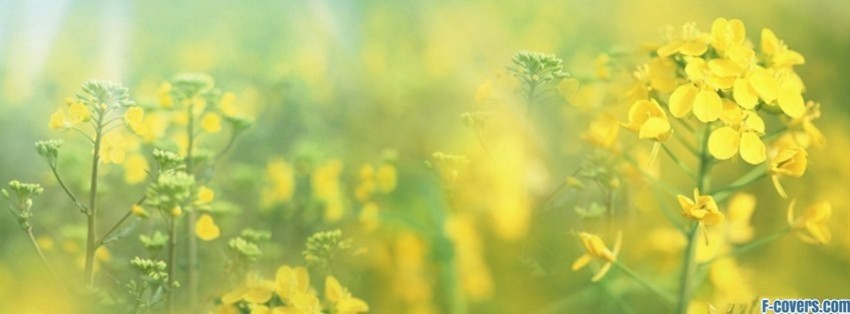
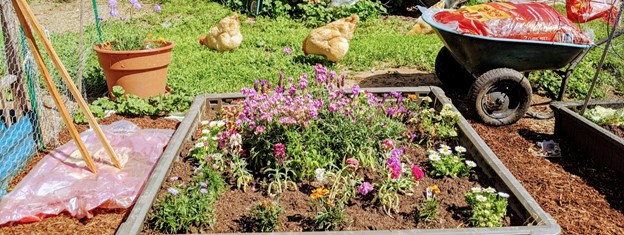
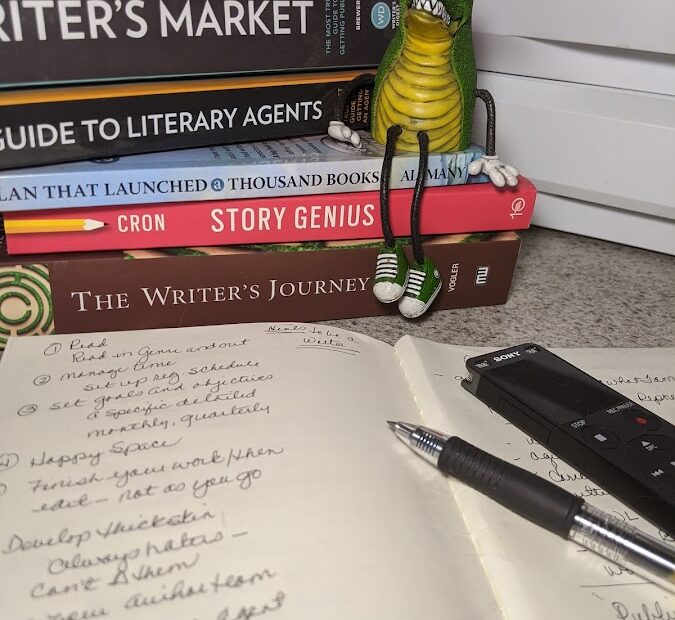
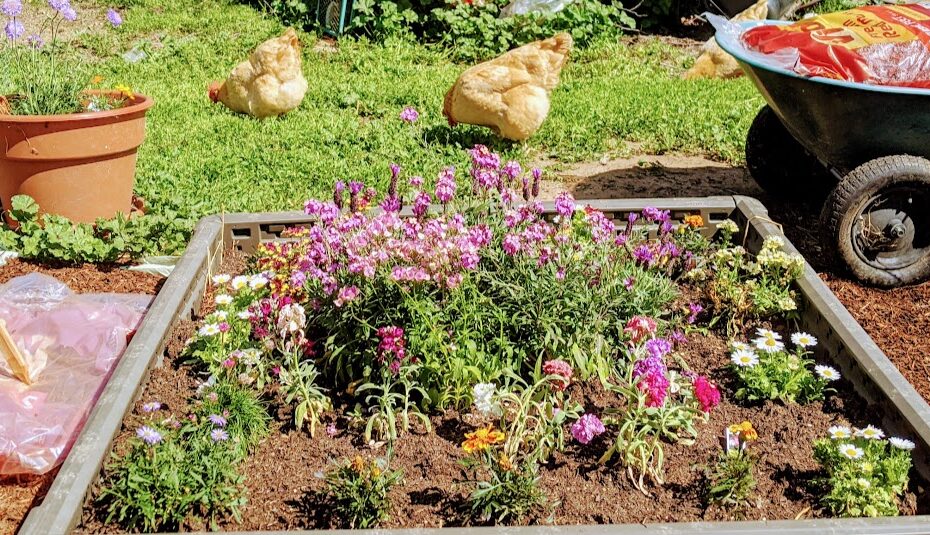

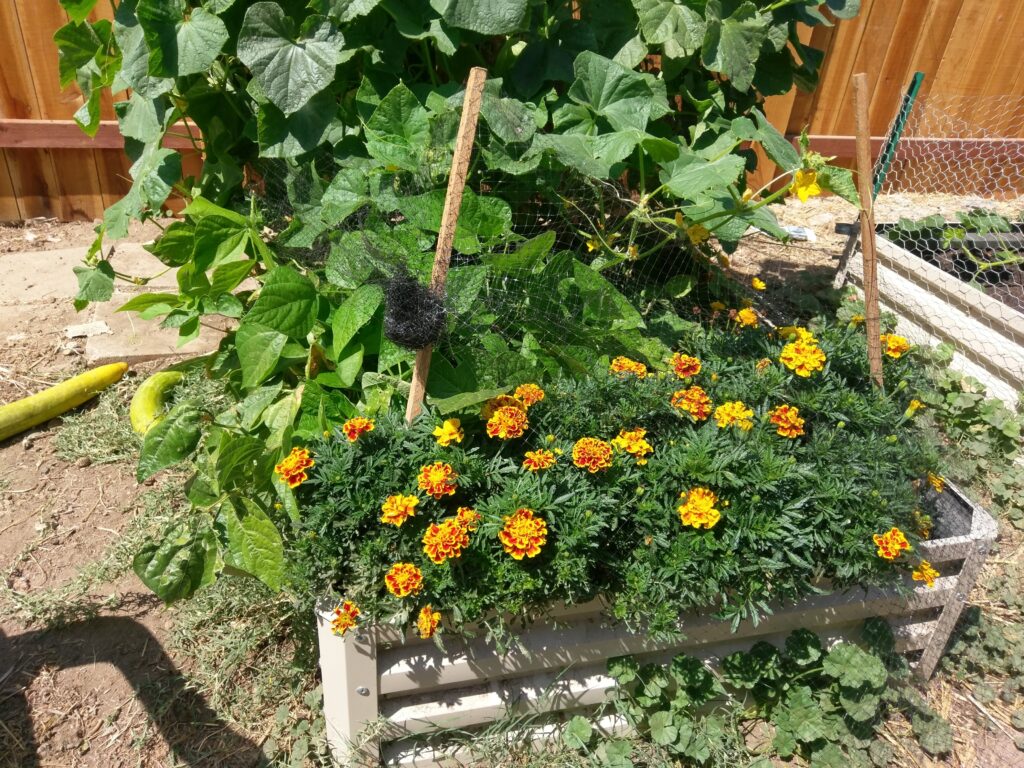
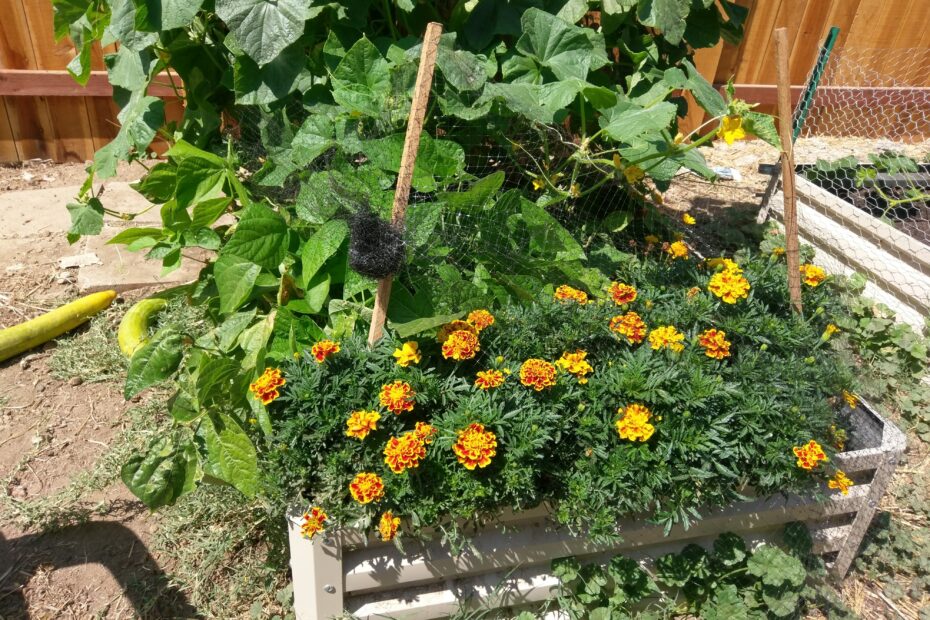
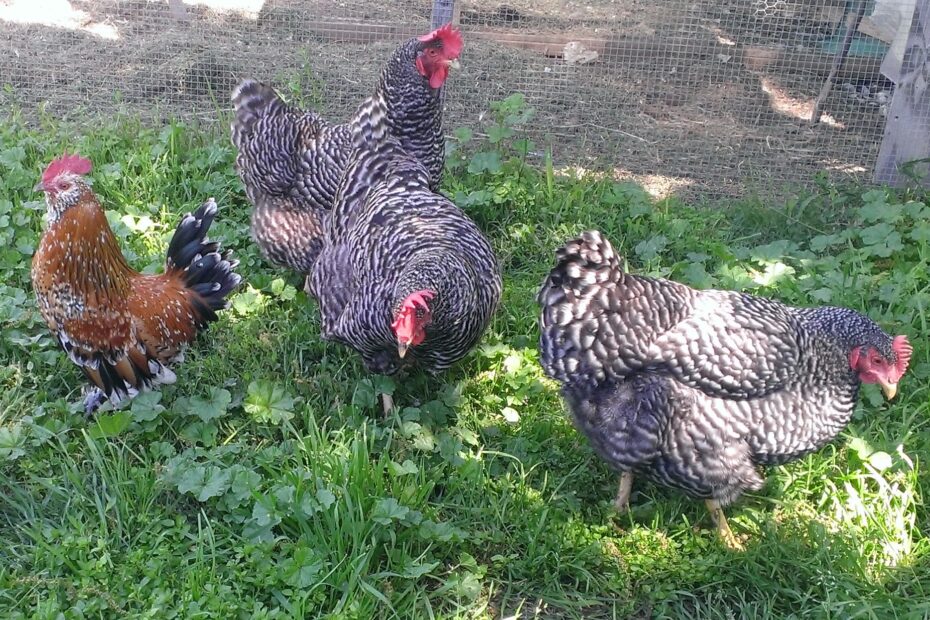

Leave a Comment
Your email address will not be published. Required fields are marked *